How to garden in sandy soil.
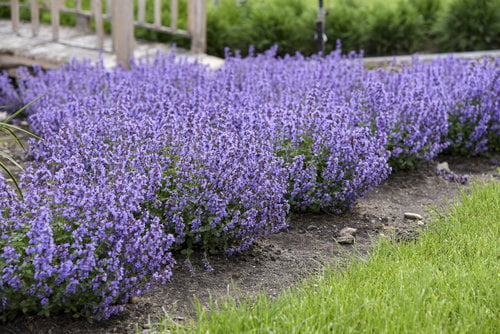
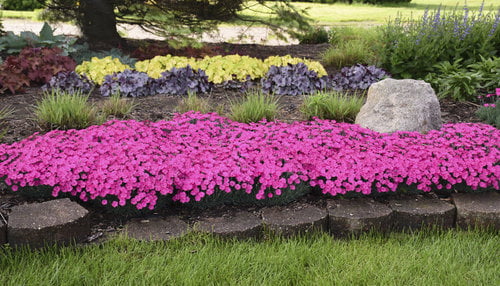
Sandy soil is often cursed by gardeners but sand can be a wonderful thing. The Dirt on Dirt – Sand will teach you about sandy soils, why you should love them, and how to make them even better.
Soil comes in a whole array of types. The basic categories are clay, silt, loam and sand with constant variation within each of these classes. If you have silt or loam soils you are sitting pretty, gardening will be easy and you will love your soil. If you have clay or sandy soils it will take a bit more input from you before you love your soil. Trust me, you can love your clay or sandy soil, it just takes a bit of knowledge and a bit of elbow grease. So the question is: how, exactly do you learn to love sandy soil? Read on to learn more about what sandy soil is, why you should be glad you have it and how you can make it even better.
First, things first, how do you know you have sandy soil? Does water quickly drain through your soil with puddles a rarity even after hard rains? Is it difficult to squeeze the soil into a ball? It these things are true then you probably have sandy soil. Sandy soils offer both benefits and disadvantages when compared to clay soils. They may require more water, more fertilizer and more amending, but they are much easier to work with and many plants prefer this type of soil. If you have clay soils, click here to read about working with clay soils.
What is Sandy Soil?
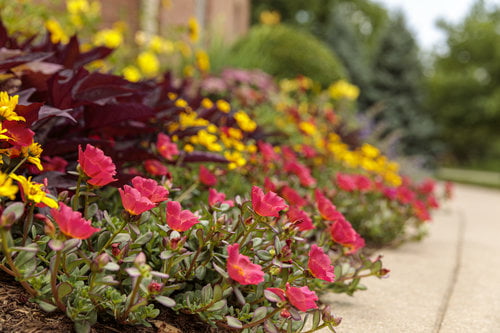
What does it mean that you have sandy soil? A sandy soil is composed of many irregular to rounded tiny grains of sand, as opposed to the many tiny plate-like soil particles that make up a clay soil. If you imagine a glass jar filled with ping pong balls, this is what a truly sandy soil looks like under magnification. If you imagine a jar filled with poker chips, this is more how a clay soil would appear when magnified. As you can imagine there is a lot more air space between the rounded sandy soil particles and this larger amount of air under the soil surface is what gives your soil the characteristic of being well-drained. This simply means that water moves quickly through the soil and air replaces it quickly.
Before we go into too much detail, a sandy soil will replace water with air more quickly, and this is why sandy soils dry out faster than clay soils. Is this bad? Well it all depends on your soil and what you are trying to grow, sandy soils are best for plants that like to have their roots dry out quickly, but it can also be adjusted to support plants that do not. It is always hard to know which kind of soil you have without doing a soil test, but your local county extension service will help you in doing a basic soil test to let you know what particular type of clay soil you have.
What’s good about sandy soil & what’s bad about it?
Let’s take a look at what a sandy soil offers to gardeners, both the good and the bad.
The good parts: A sandy soil is so much easier to work with than clay soils, it is lighter weight, doesn’t compact, and in general is easy to dig in or amend with compost, and most flowering plants benefit from the fact that it is well drained. You will rarely have to worry about over-watering and root rot problems are less likely. Transplanted plants seem to establish a little bit faster in sandy soils as well, since it is easier for their roots to get a foothold in this looser type of soil. Sandy soils also tend to warm up a little faster in the spring when compared to clay soils, so if you are an impatient gardener having a sandy soil gives you a little bit of head start in spring.
A few bad things: Since sandy soils are made up of well…sand you will find that it doesn’t hold water or nutrients very well. Sand is composed of silica, usually quartz crystals, and these have relatively no ability to hold onto nutrients and little ability to hold on to water. Hopefully you are not gardening in pure sand, but even then there is hope. You just have to plan to use water more efficiently, and to water deeply, slow release types of fertilizer are better than liquid fertilizers, and you’ll want to spend a bit more time adding compost or other organic matter into your soil to beef it up. In these days of drought warnings and water restrictions sandy soils are getting a bad reputation, but like most bad reputations this is largely a misconception. A sandy soil has a lot of great qualities including that it is much more difficulty to compact a sandy soil, clay soils can be compacted by driving over them with lawn mowers, cars etc, and sandy soils are more resilient.
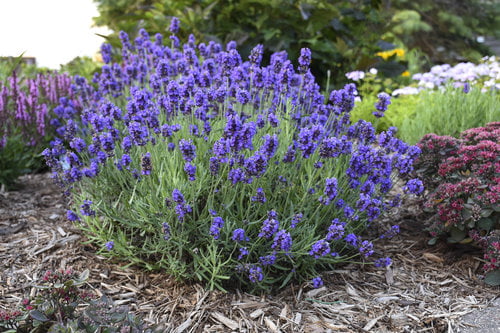
How fertilize sandy soils most effectively – We all need to learn is how to avoid wasting fertilizers as they eventually run off into our lakes, streams and groundwater if we use them improperly. Nowhere is this more important than with sandy soils. Since sandy soils cannot hold either nutrients or water as well as clay type soils, they allow more water and nutrients to run through the soil, which means they end up somewhere else other than your garden.
Fertilizer manufacturers have come up with a type of fertilizer that mimics the way a clay soil adheres to and then releases fertilizer. The name for these fertilizers that hold and slowly release fertilizer is “slow-release fertilizers”. There are two types and you may want to experiment with both to see what works best for you. Plastic coated or resin coated fertilizers (such as Osmocote®, Dynamite®, and Nutricote®) are marvels of technology with multiple layers of plastic surrounding the fertilizer, each layer of plastic has minute holes which allow fertilizer to leak out slowly where plants can grab it up before it moves through the soil.
Sulphur coated slow release fertilizer act in a similar way only using sulphur (itself a fertilizer) layers to restrict how quickly the fertilizer breaks down. In both cases you’ll get better results with the fertilizer mixed into the soil at planting rather than placed on top your mulch after you have finished planting. Mixing the fertilizer into the soil allows soil bacteria and underground moisture levels to help with uniform delivery of your fertilizer. Also a small percentage of fertilizer gets atomized back into the atmosphere unless it is covered with soil.
Regardless of which type of fertilizer you choose a slow release fertilizer will usually allow you to fertilize about ¼ as often as regular granulated fertilizers or water soluble fertilizers. This can really make your life easier during the spring and summer. Most landscapes and gardens need a liquid fertilizer about every 2 weeks, OR a granular fertilizer about every month, OR a slow release fertilizer 2-3 x per season. Over fertilizing is simply wasting money and potentially harming the environment. You can actually cause more problems by fertilizing too much; over-fertilized plants tend to be more susceptible to insect and disease problems because they have been pushed so hard to make them grow that they are weakened and more likely to have problems. Click here for more information on fertilizer.
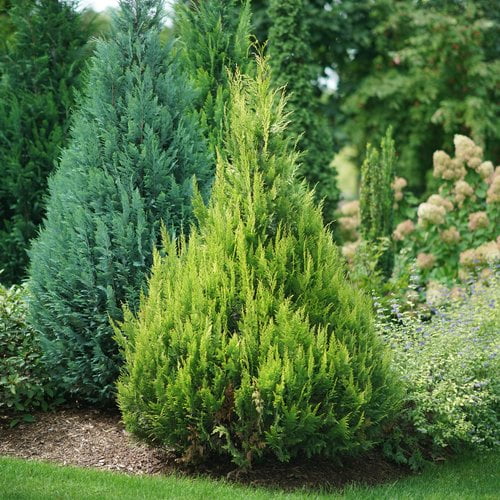
How to water sandy soils most effectively – Watering is the biggest challenge most gardeners’ face and most people over-water their plants, it is the single biggest cause of plants dying. Luckily if you have a sandy soil, you are not likely to be an over-watering statistic. The key to watering sandy soils is to water less frequently but for longer each time, this encourages deeper root systems on plants and also allows them to penetrate deeper into the soil where there is more water available than there is at the surface. Less frequent deeper watering will help develop deep root systems and frequent light watering encourage shallow roots which make plants less drought tolerant. Check with your local county extension service to see what recommended watering rates are in your town.
The best way to water is deeply and infrequently (except for recently planted flowers and landscapes, these need water frequently to get established). If you have a sprinkler system, make sure to check and see that is not overwatering on a regular basis, plants get used to whatever watering cycle you give them, so plants that are regularly overwatered are more likely to collapse when the water isn’t there, on the contrary plants that have to work just a little bit in between watering are tougher and more likely to handle short dry periods. For more on watering landscapes click here.

How to make sandy soils better:
Incorporating compost – For gardeners with sandy soils adding organic matter to the garden soil is simply a matter of survival. Luckily this type of soil is easy to dig in and a breeze for a rototiller. You want to add the same types of organic matter regardless of what soil type you have: compost, straw, shredded wood bark, etc) by adding these things to your soil you can help it to retain more water and fertilizer as well as providing additional nutrients as these organic bits decompose. For most sandy soils it may be better to use a slightly coarser material for your amendments because they break down so quickly in well drained soils, especially if local rains are heavy.
Sometimes adding large amounts of organic matter all at once can temporarily reduce the nutrient nitrogen, so when adding uncomposted materials, you may want to bump up your fertilizer levels until plants appear to be growing actively with no problems. The first sign of a nitrogen shortage is plants turning a yellowish green. The compost you add each year will also act as a slow release fertilizer and a as an additional way to hold water for your growing plants! Click here for more information on compost.
Mulching – For sandy soils mulching is essential to get plants established. Because sandy soils have so much more air space than other types of soil, water evaporates from the surface of the soil at a much faster rate than clay soils. Applying a 2-3” layer of mulch composed of compost or other organic matter will stop water evaporation almost entirely. This helps keep the water where the plants need it, underground. A layer of mulch will also act to cool the soil during summer heat and extend the life of flowers and vegetables in the garden as well as reducing temperatures overall in the garden.
Having a sandy soil is actually a lot less work than clay IF you know how to handle it. They are easier to work with, less effort to dig in and easier to adjust if problems occur. The key to success in sandy soil is less frequent deeper watering, using slow release fertilizers to reduce the amount of fertilizer run off and environmental pollution, and adding as much organic matter as possible to the soil to help hold water, nutrients, and keep plant roots in place. Another key to success is selecting plants that do well in well drained soils, ask your local garden center or county cooperative extension service about what plants work best in your area.
The article is reproduced from: https://www.provenwinners.com/learn/dirt-dirt-sand


